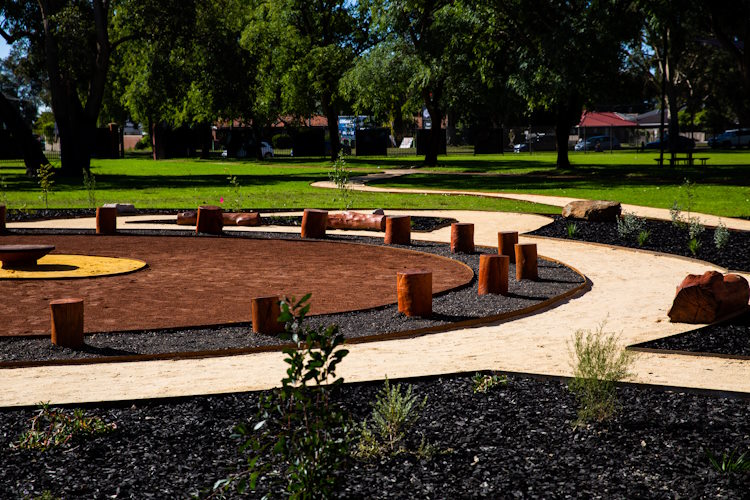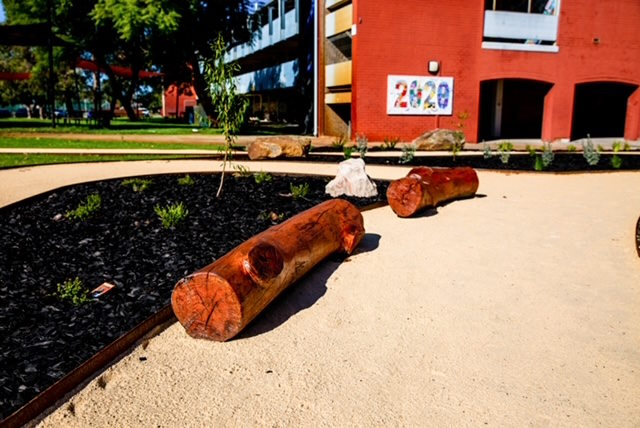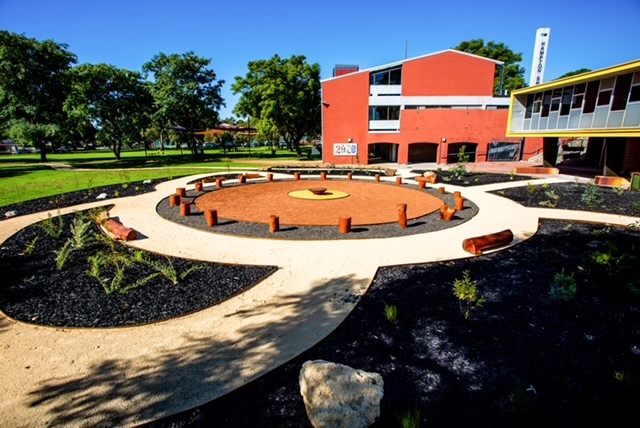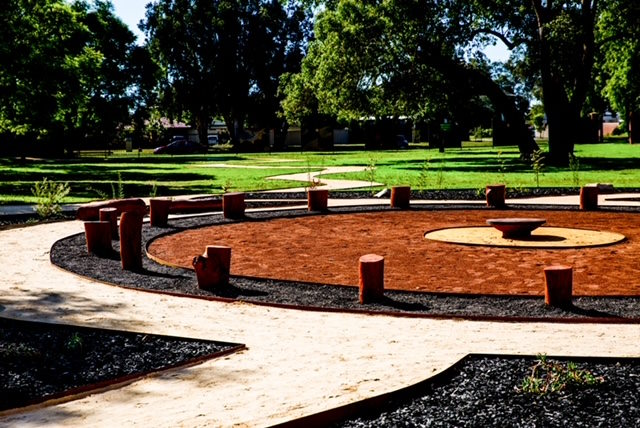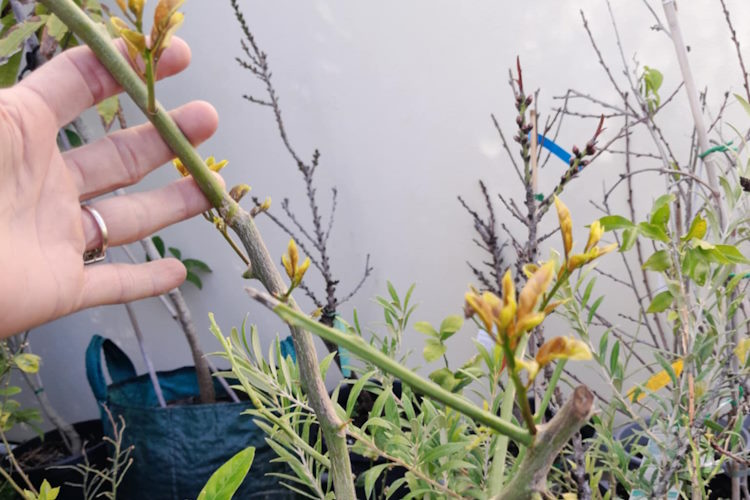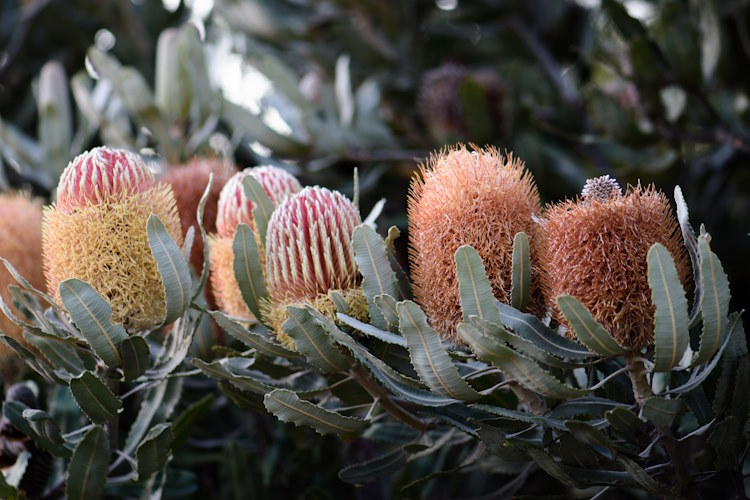Western Australia is home to a rich and diverse indigenous culture, and one of the most fascinating aspects of this heritage is the traditional Noongar calendar, which consists of six seasons. The Noongar people have lived in harmony with the land for thousands of years, carefully observing the natural world and its changing patterns. Each season holds its own significance, guiding the Noongar people in their activities, ceremonies, and connection to the land. In this blog entry, we will explore the enchanting Noongar seasons, providing a glimpse into the deep-rooted relationship between the Noongar people and the Western Australian landscape.
More importantly it’s really makes sense to follow these seasonal directions as they are far more accurate than our western seasonal counterparts. We have included some of our conventional planting suggestions as well as the Bush Tucker/ edible Australian natives for each recommended season.
1. Birak – Season of the First Light (December-January):
As the hot and dry summer arrives, the Noongar people welcome the season of Birak. This is a time of high temperatures, when the land becomes parched and many plants begin to wilt. However, it is also a season of renewal, as the heat triggers the germination of many seeds. The Noongar people perform coolamon burning, a practice that helps manage the land by promoting the growth of certain plants while minimizing the risk of wildfires.
2. Bunuru – Season of Adolescence (February-March):
With the arrival of Bunuru, the summer heat intensifies, and the days grow even longer. This is a time when the Noongar people seek shade near rivers, lakes, or the coast, where they can fish and gather food from the abundant waterways. Bunuru also marks the breeding season for many animals, including the graceful black swans that populate the region.
3. Djeran – Season of Adulthood (April-May):
As autumn sets in, Djeran brings cooler temperatures and a gentle breeze. This season signifies the end of the hot summer and the transition into milder conditions. The Noongar people engage in hunting, foraging, and fishing during this time, as the land provides a bountiful harvest of nuts, seeds, and berries. It is also a period for ceremonies and celebrating the abundance of nature.
4. Makuru – Season of Fertility (June-July):
Makuru marks the arrival of winter, characterized by cold and wet weather. The Noongar people focus on cultural activities during this time, sharing stories and passing on knowledge to younger generations. Many plants and animals enter a dormant phase, but the Noongar people adapt to the conditions by engaging in eel trapping and seasonal hunting.
5. Djilba – Season of Planting (August-September):
With the onset of spring, Djilba breathes life into the landscape. This season brings milder temperatures, and the Noongar people take advantage of the fertile soil by cultivating plants for food and medicinal purposes. Djilba also marks the time when many animals give birth to their young, creating an atmosphere of new beginnings and growth.
6. Kambarang – Season of Birth (October-November):
As the wildflowers blossom, Kambarang heralds the arrival of warmer weather and longer days. This is a season of abundance, as the land flourishes with native plants, providing sustenance for both humans and animals. The Noongar people engage in traditional activities such as gathering bush foods, preparing for ceremonies, and enjoying the natural beauty of the Western Australian landscape.
The Noongar seasons provide a profound insight into the deep connection between the Noongar people and the natural environment of Western Australia. The observance of these seasons demonstrates their profound understanding of the land’s patterns and rhythms, enabling them to live in harmony with nature. By embracing and respecting these seasons, we can gain a greater appreciation for the ecological diversity and cultural heritage of this remarkable region.
Let us celebrate the wisdom of the Noongar people and learn from their ancient traditions as we strive for a more sustainable and harmonious relationship with our surroundings.

